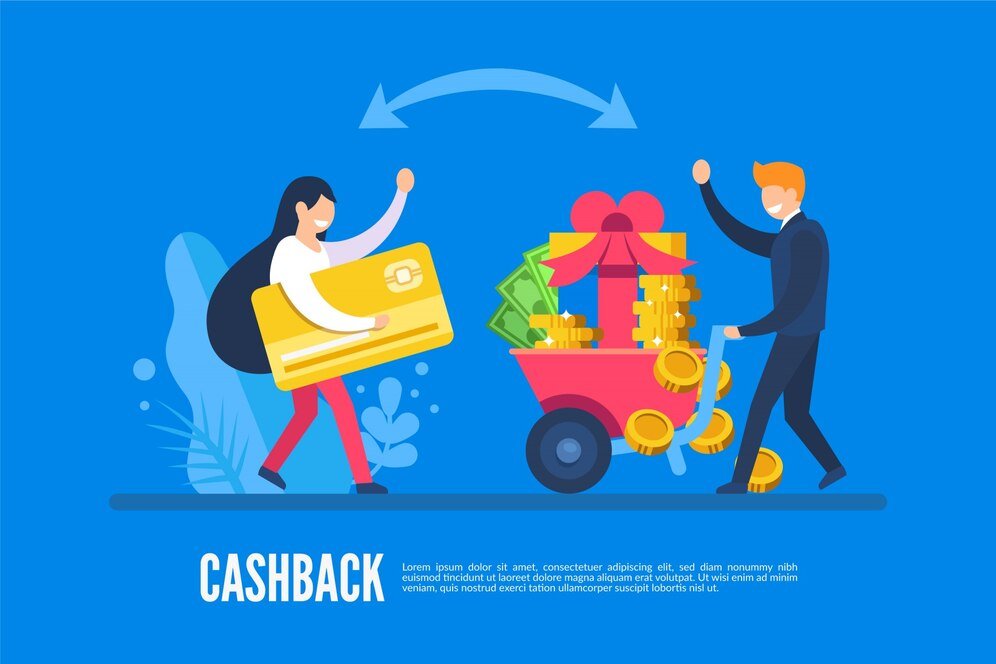In today’s fast-paced world, convenience and cost-effectiveness are two factors that greatly influence consumer choices. With the rise of subscription services across various industries, from entertainment to groceries, consumers are increasingly turning to these models to streamline their lives and save money. Subscription services offer a myriad of benefits beyond just convenience and cost-effectiveness, making them an attractive option for many. In this blog post, we’ll delve into the advantages of subscription services and why they have become so popular.
The Rise of Subscription Services
The concept of subscription-based models isn’t new. Magazines and newspapers have utilized this model for decades, providing subscribers with regular content delivery. However, in recent years, subscription services have expanded into nearly every industry imaginable. From streaming platforms like Netflix and Spotify to meal kit delivery services like HelloFresh and Blue Apron, consumers have a plethora of options to choose from.
One of the primary reasons for the proliferation of subscription services is the shift towards a more digital and interconnected world. With the widespread availability of high-speed internet and the prevalence of smartphones, consumers now have unprecedented access to subscription-based offerings at their fingertips. This accessibility has paved the way for the exponential growth of subscription services across various sectors.
Convenience at Your Fingertips
One of the most significant advantages of subscription services is the unparalleled convenience they offer. Instead of making individual purchases or trips to the store, consumers can subscribe to a service and have products or content delivered directly to their doorstep or digital devices on a regular basis. This eliminates the need for repeated trips to the store, saving time and effort in the process.
Take meal kit delivery services, for example. Busy individuals or families no longer have to plan meals, make grocery lists, and navigate crowded supermarkets. Instead, they can subscribe to a meal kit service that provides pre-portioned ingredients and chef-designed recipes tailored to their dietary preferences. With just a few clicks, they can have everything they need for a delicious and nutritious meal delivered right to their door, ready to be cooked.

Similarly, streaming services have revolutionized the way we consume entertainment. Gone are the days of renting DVDs or waiting for shows to air on television. With subscription-based streaming platforms like Netflix, Hulu, and Disney+, users have access to a vast library of movies and TV shows that they can watch anytime, anywhere, on any device with an internet connection. This on-demand access to entertainment has made binge-watching a cultural phenomenon and has transformed the way we consume media.
Cost-Effectiveness: Saving Money in the Long Run
In addition to convenience, subscription services can also be incredibly cost-effective, especially for products or services that consumers use regularly. While the upfront cost of a subscription may seem daunting compared to a one-time purchase, the savings add up over time.
Consider the cost of buying individual songs or albums versus subscribing to a music streaming service like Spotify or Apple Music. Purchasing each song or album separately can quickly become expensive, especially for avid music listeners. In contrast, a monthly subscription to a music streaming service provides unlimited access to millions of songs for a fraction of the cost. This subscription model not only saves consumers money but also allows them to discover new music and explore different genres without breaking the bank.
Similarly, subscription boxes have gained popularity in recent years, offering curated assortments of products tailored to specific interests or hobbies. While the price of a subscription box may seem steep at first glance, the value of the products included often exceeds the cost of the subscription. For example, a beauty subscription box may contain full-size skincare and makeup products worth far more than the monthly subscription fee, allowing consumers to try out new products at a fraction of the retail price.
Personalization and Customization
Another advantage of subscription services is the level of personalization and customization they offer. Many subscription-based companies use algorithms and data analytics to tailor their offerings to each individual subscriber’s preferences and behavior. This personalized approach not only enhances the user experience but also ensures that subscribers receive products or content that align with their interests and tastes.
For example, subscription-based clothing services like Stitch Fix and Trunk Club use style quizzes and customer feedback to curate personalized clothing selections for each subscriber. By considering factors such as size, style preferences, and budget, these services deliver clothing items that are tailored to each individual’s unique taste and body type. This eliminates the hassle of shopping for clothes in-store or online and allows consumers to discover new styles that they may not have considered otherwise.
Similarly, meal kit delivery services often allow subscribers to customize their meal selections based on dietary restrictions, food preferences, and portion sizes. Whether you’re following a vegetarian diet, avoiding gluten, or simply trying to eat healthier, these services can accommodate your needs and preferences, ensuring that you receive meals that are both delicious and nutritious.
Flexibility and Freedom
In addition to personalization, subscription services offer flexibility and freedom that traditional purchasing models often lack. Many subscription-based companies allow subscribers to modify or cancel their subscriptions at any time, without being locked into long-term contracts or commitments. This flexibility gives consumers the freedom to try out different services and experiment with new products without fear of being tied down.
For example, subscription-based fitness apps like Peloton and ClassPass offer flexible membership options that allow users to access a variety of workouts and fitness classes on their own schedule. Whether you prefer yoga, cycling, or high-intensity interval training, these apps provide a convenient way to stay active without the constraints of a traditional gym membership. Plus, if your interests or priorities change over time, you can easily adjust your subscription to reflect your evolving needs.
Conclusion
In conclusion, subscription services offer a host of benefits that make them an attractive option for today’s consumers. From unparalleled convenience and cost-effectiveness to personalized recommendations and flexible membership options, subscription services have revolutionized the way we shop, consume media, and live our lives. Whether you’re looking to simplify mealtime, discover new music, or refresh your wardrobe, there’s likely a subscription service out there that can meet your needs and enhance your lifestyle. As technology continues to evolve and consumer preferences shift, subscription services are poised to play an increasingly prominent role in the way we shop and interact with the world around us.










